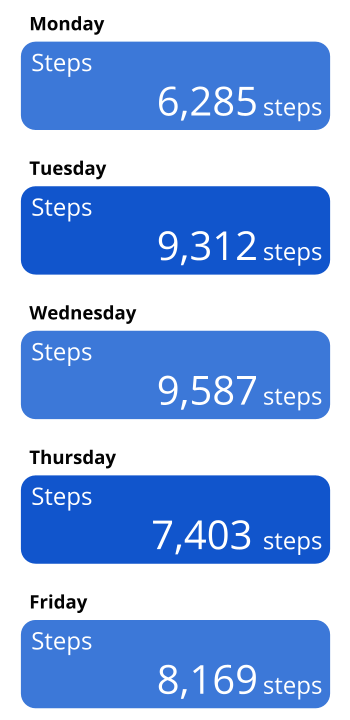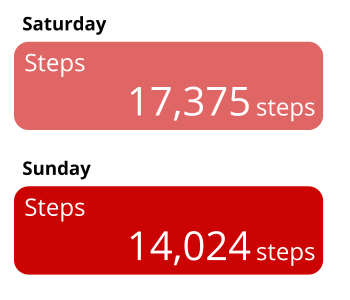Lesson 18
Standard Algorithm to Add and Subtract
Warm-up: Estimation Exploration: What’s the Difference? (10 minutes)
Narrative
The purpose of an Estimation Exploration is to practice the skill of estimating a reasonable answer based on experience and known information.
The expression allows students to preview the work of this lesson and give teachers insight into how students think about subtraction.
Launch
- Groups of 2
- Display the expression.
- “What is an estimate that’s too high?” “Too low?” “About right?”
- 1 minute: quiet think time
Activity
- “Discuss your thinking with your partner.”
- 1 minute: partner discussion
- Record responses.
Student Facing
Estimate the difference: \(42,\!050 - 3,\!790\).
Record an estimate that is:
| too low | about right | too high |
|---|---|---|
| \(\phantom{\hspace{2.5cm} \\ \hspace{2.5cm}}\) | \(\phantom{\hspace{2.5cm} \\ \hspace{2.5cm}}\) | \(\phantom{\hspace{2.5cm} \\ \hspace{2.5cm}}\) |
Student Response
For access, consult one of our IM Certified Partners.
Activity Synthesis
- “Is anyone’s estimate less than 30,000?”
- “Is anyone’s estimate greater than 40,000?”
- “Based on this discussion, does anyone want to revise their estimate?”
- “Let’s find out how to add and subtract numbers like these.”
Activity 1: Weekly Steps (15 minutes)
Narrative
The purpose of this activity is for students to add and subtract numbers through the thousands place in a way that makes sense to them. The numbers here do not require regrouping when subtracting. Throughout the activity, teachers have the opportunity to learn what students know about addition and subtraction through the hundreds place and how they apply that prior knowledge to work with four-digit numbers. Working with larger numbers sets the stage for students to think about the standard algorithm as an efficient way to add and subtract.
Students may need an orientation to the context. To give students an idea of what the number of steps means, share that it takes about 1,700 steps to walk a mile.
Advances: Conversing, Reading
Supports accessibility for: Conceptual Processing, Memory
Required Materials
Materials to Gather
Launch
- Groups of 2
- Display the image in the task.
- “What do you notice? What do you wonder?”
- “Based on the data, when was the teacher most active that week? Least active?”
Activity
- 5 minutes: independent work time
- 3 minutes: partner work time
Student Facing
A teacher uses an app on her cell phone to track her physical activity. Here is the data on the number of steps over 5 school days.

For each question, show your reasoning.
- On which two days did she take the most steps? Over those two days, how many steps did she take altogether?
- What is the difference in the number of steps she took on her most active day and on her least active day?
- Between Wednesday and Thursday, her activity level dropped. How many fewer steps did she take on Thursday than Wednesday?
Student Response
For access, consult one of our IM Certified Partners.
Advancing Student Thinking
Activity Synthesis
- Ask students to share responses and strategies for finding sums and differences. Record strategies.
- “Were there certain strategies that showed up a lot in this activity? Can we describe them?” (Yes, a lot of us added and subtracted by place value.)
Activity 2: Steps During the Weekend (20 minutes)
Narrative
The purpose of this activity is for students to analyze strategies for adding and subtracting numbers to the ten-thousands place. Students look at addition problems that require composing new units, when the sum of the digits in a particular place value exceeds 10. The subtraction problems do not require students to decompose a unit, as this will be addressed in future lessons. They look at 2 strategies.
Strategy A allows students to add each number in terms of the value of each digit, written in expanded form. Strategy B follows the same logic, but without writing the full value that each digit represents. Then, students use the same strategies to subtract without decomposing a unit.
When students perform operations on the quantities in the situation, they reason abstractly and quantitatively (MP2).
Required Materials
Materials to Gather
Launch
- Groups of 2
- “Now let’s look at the weekend activity,”
- Display the image in the task.
- “What do you notice about the number of steps the teacher took during the week versus on the weekend?” (The teacher took a lot more steps each day during the weekend.)
Activity
- 2 minutes: quiet think time
- 6–7 minutes: partner work time
Student Facing
The teacher also keeps track of the number of steps she took during the weekend. The data from Saturday and Sunday of that same week are shown.

Here are two strategies to compute the total number of steps she took over the weekend.
Strategy A

Strategy B

-
Analyze the strategies. Discuss with your partner:
- What is happening in each strategy?
- How are they alike? How are they different?
- Use both strategies to find the difference between the number of steps the teacher took on Saturday and on Sunday.
- During another week, the teacher took 26,815 steps during the weekdays and 11,403 steps during the weekend. Use both strategies to find the total number of steps she took that week.
Student Response
For access, consult one of our IM Certified Partners.
Advancing Student Thinking
Activity Synthesis
- Ask students to explain how the strategies are alike and how they are different. (They both add by place value and get the same answer, but one strategy breaks each number up and the other does not.)
- “Why might a student have used one of the strategies instead of the other?”
- “Strategy B is called the standard algorithm and is useful when we add and subtract large numbers.”
Lesson Synthesis
Lesson Synthesis
Display \(43,\!975 + 2,\!140 = 65,\!375\).
“How can you tell this equation is false without finding the sum?” (You start with 43 thousands and add 2 thousands so you can’t have 65 thousands.)
“What mistake do you think a student made to get this sum?” (It looks like they added the 2,000 like it was 20,000 because they didn’t pay attention to the value of each digit.)
“How could using the standard algorithm help this student?” (If they lined up the numbers by place, it would be easier to add.)
Cool-down: Andre's Steps (5 minutes)
Cool-Down
For access, consult one of our IM Certified Partners.